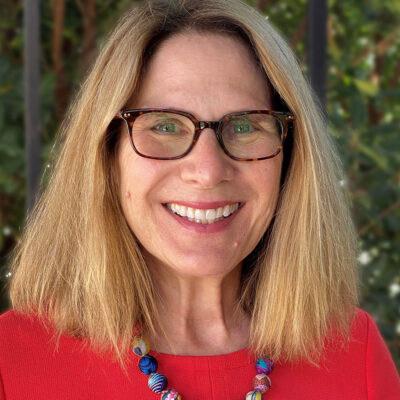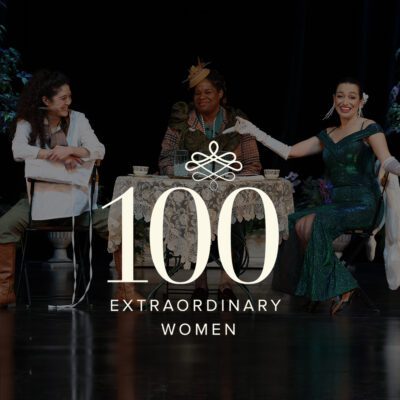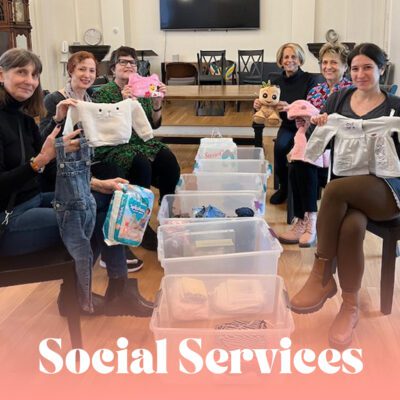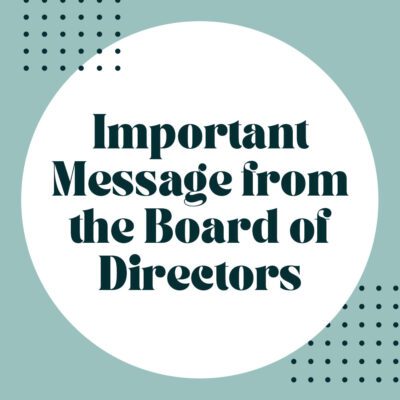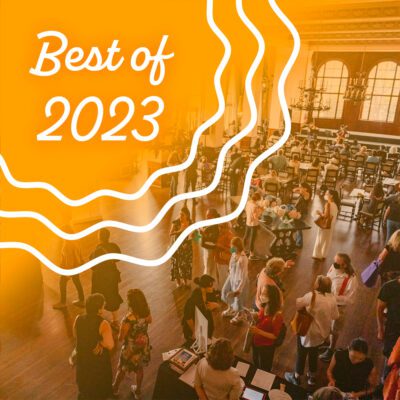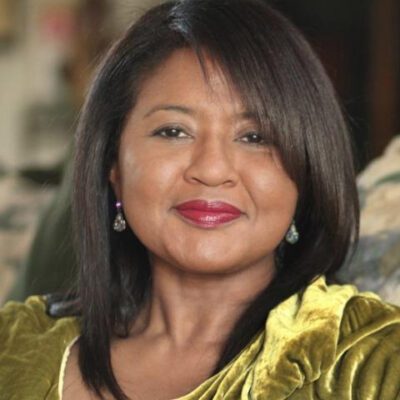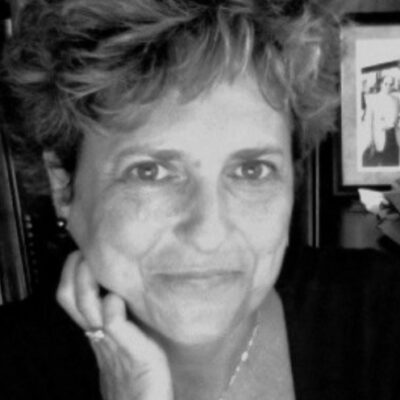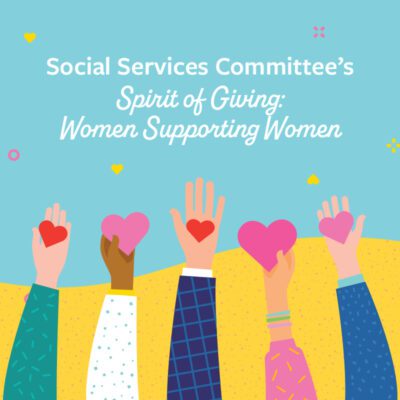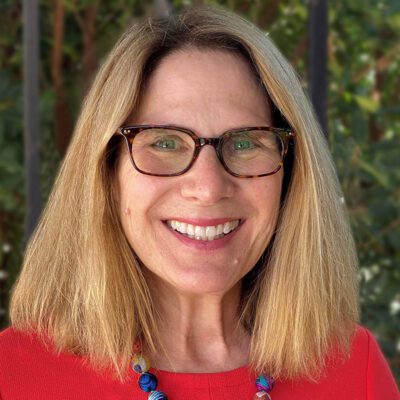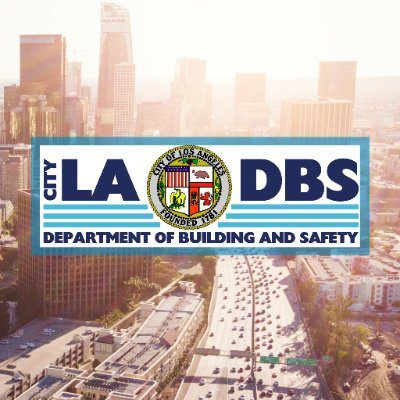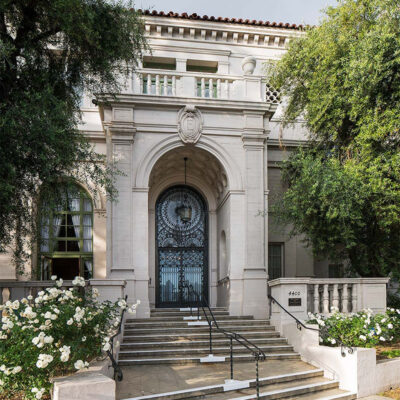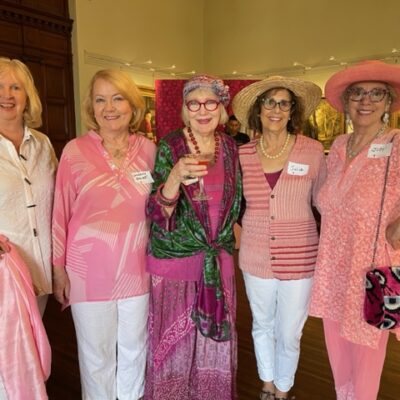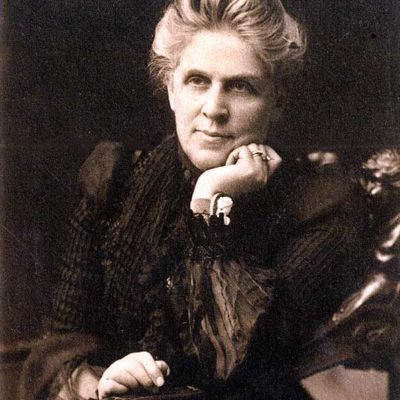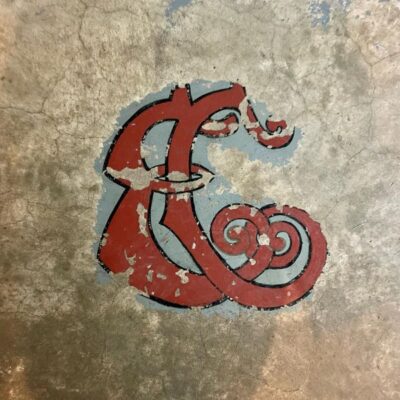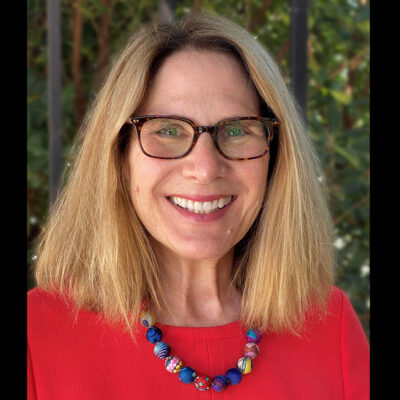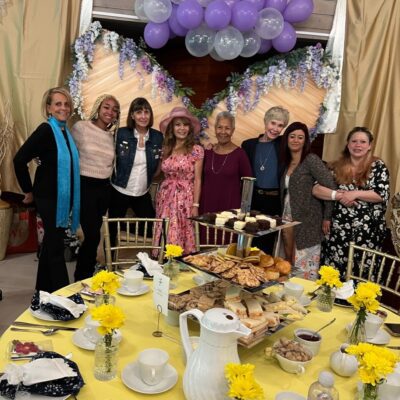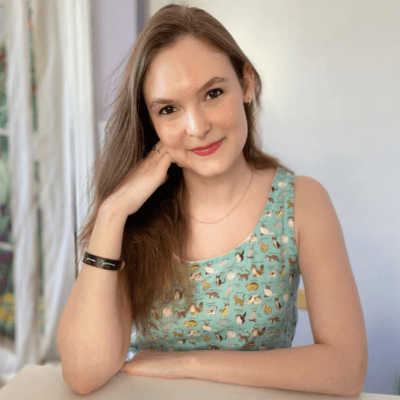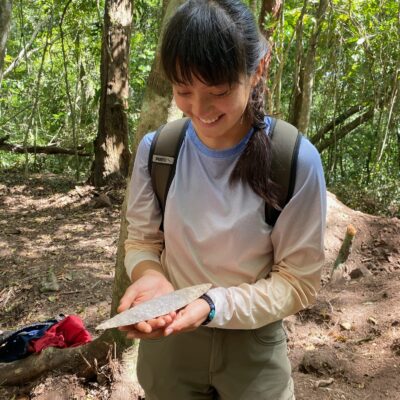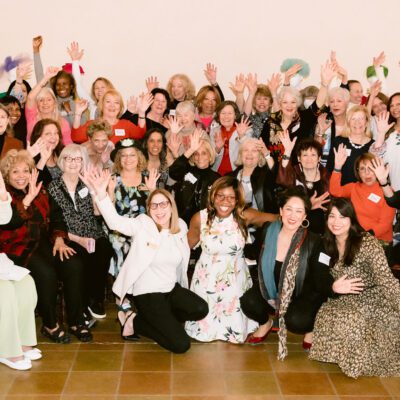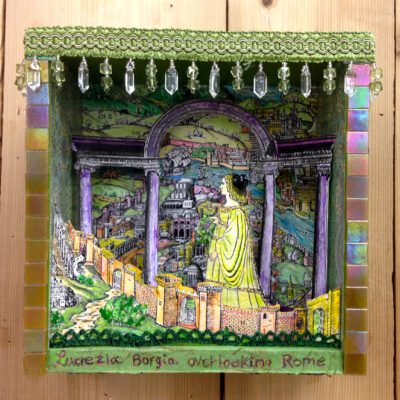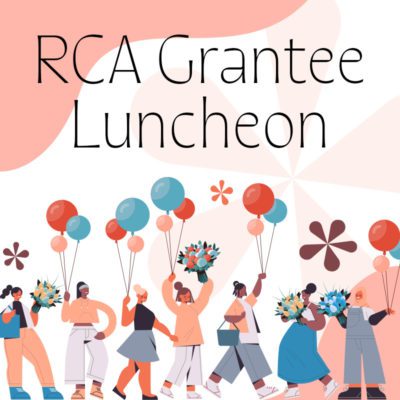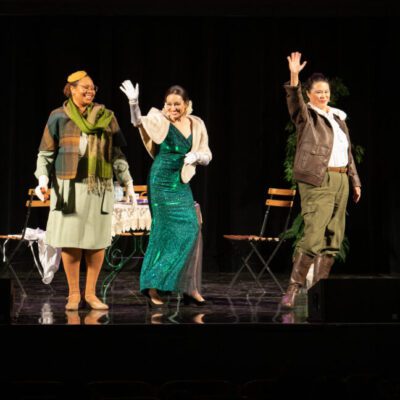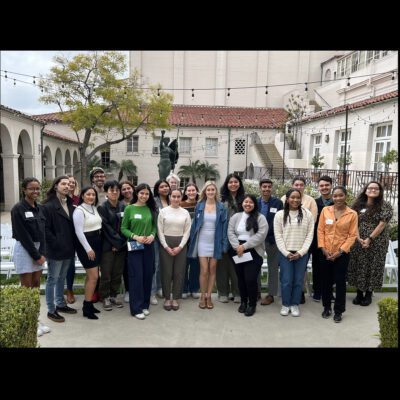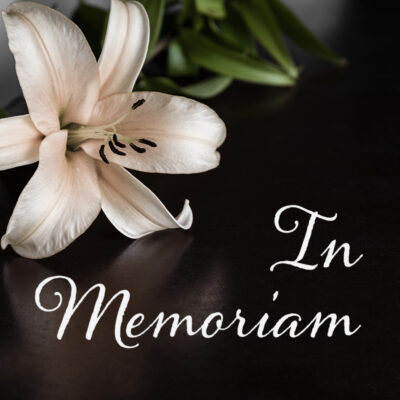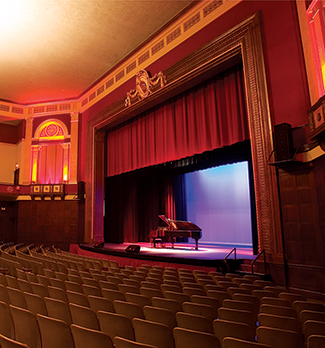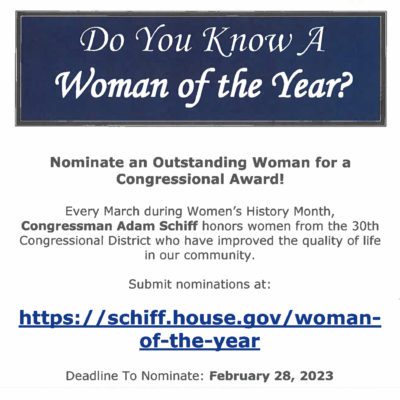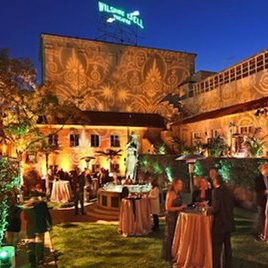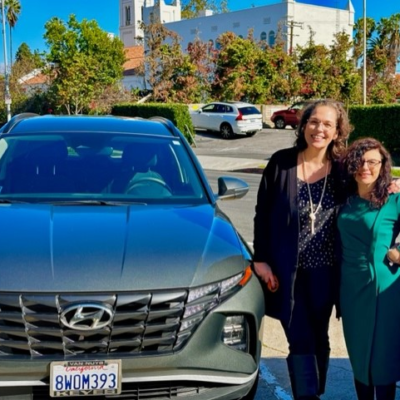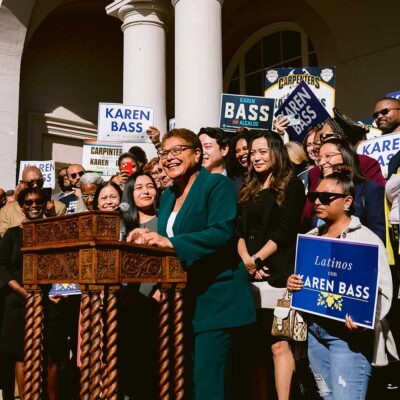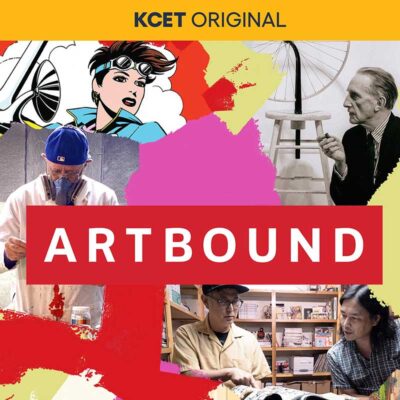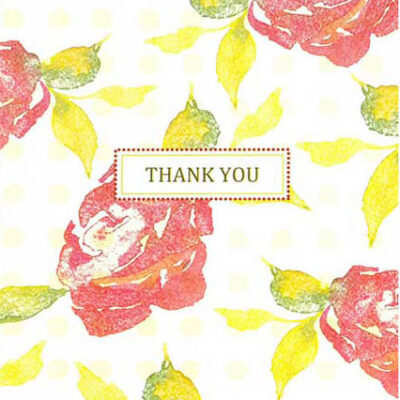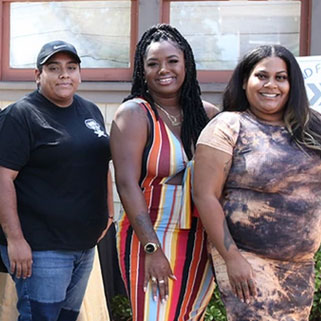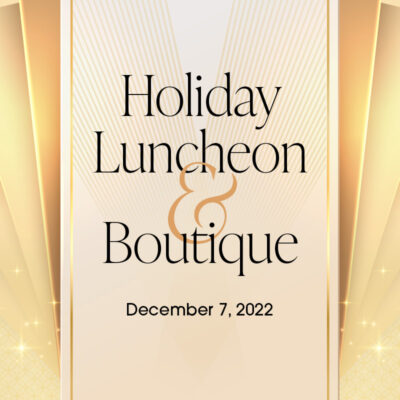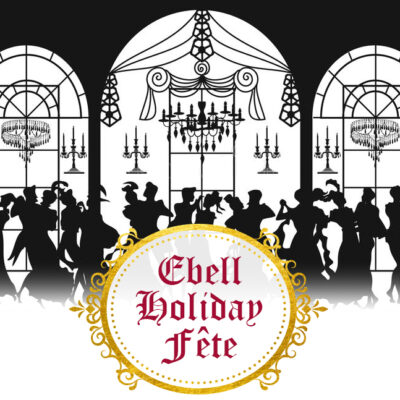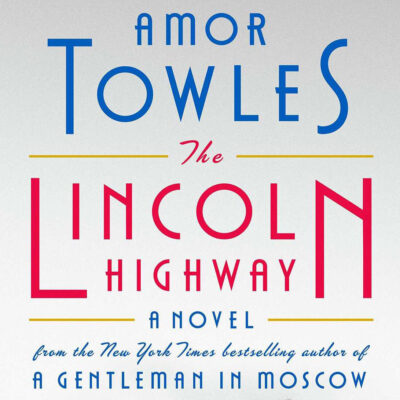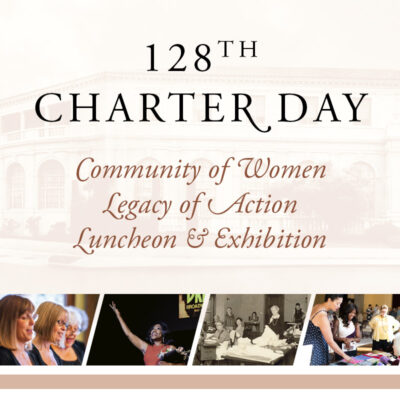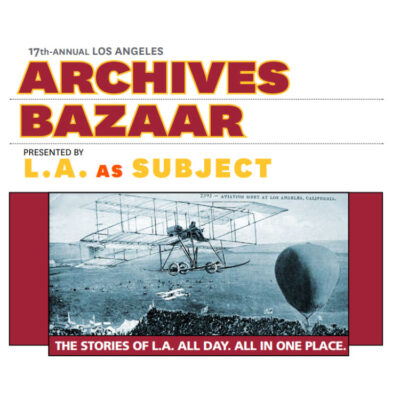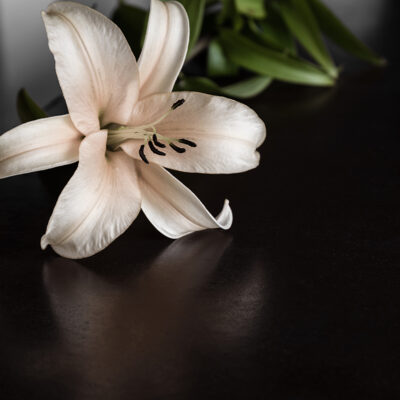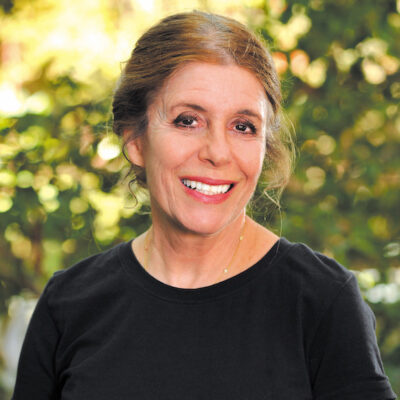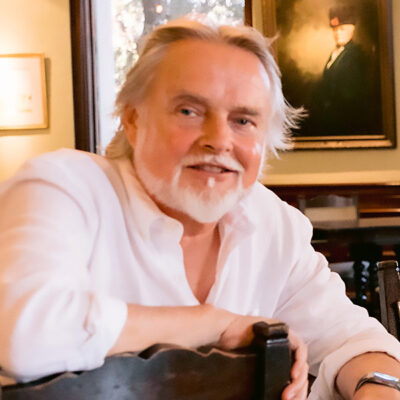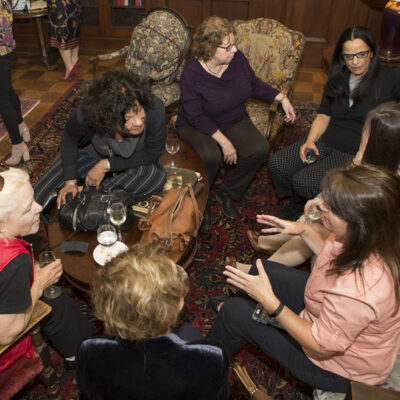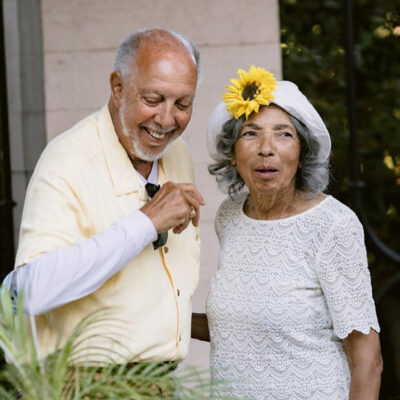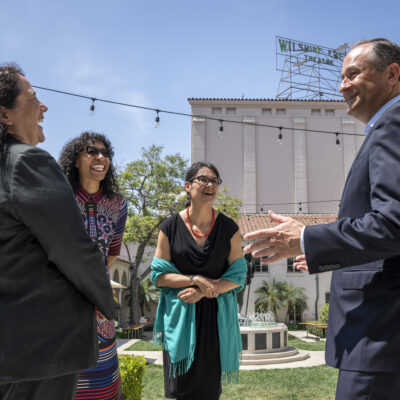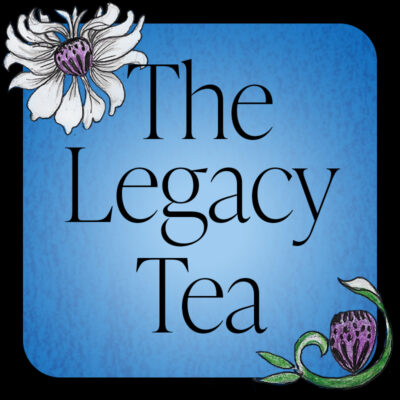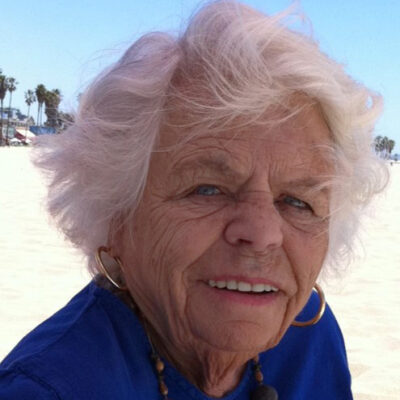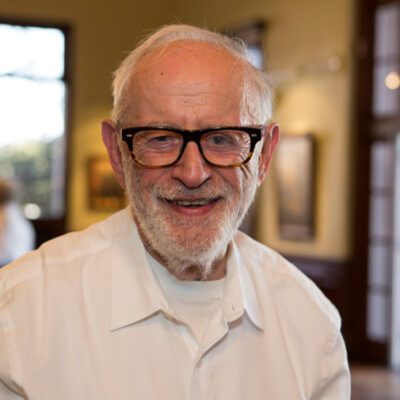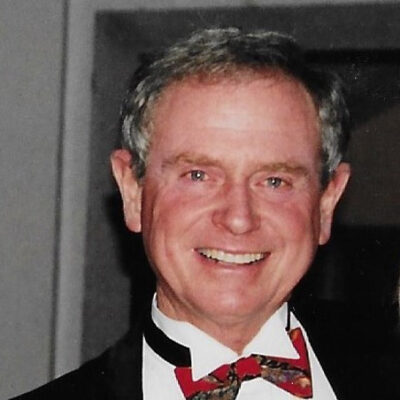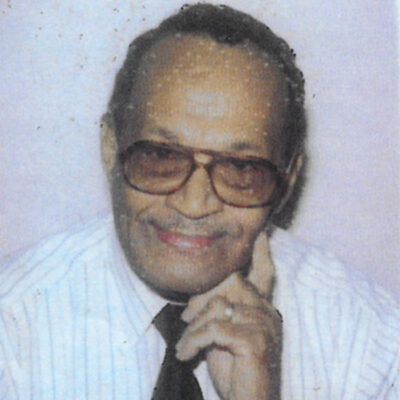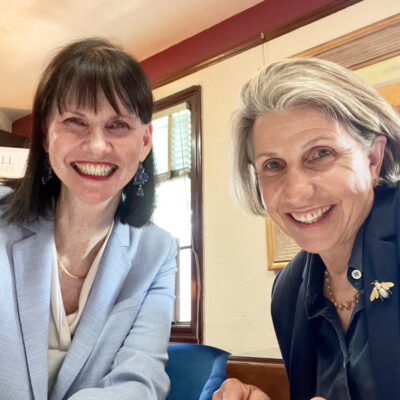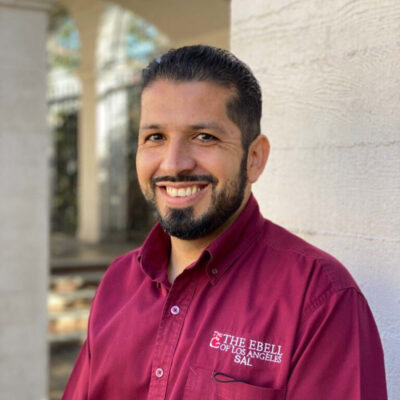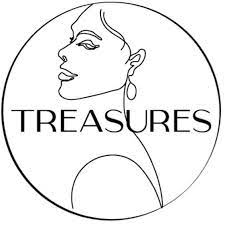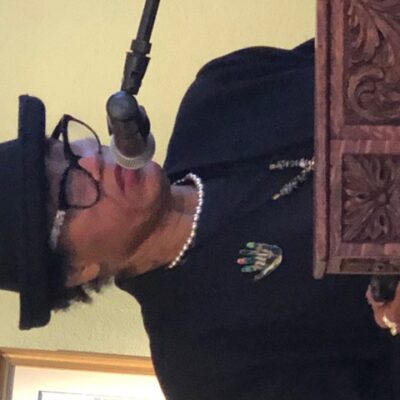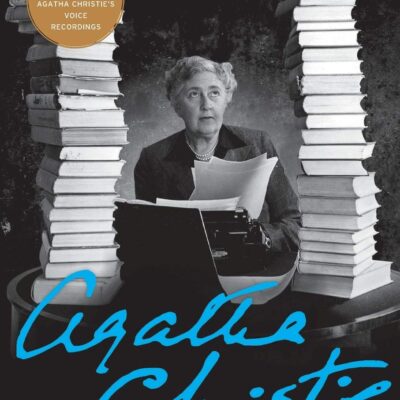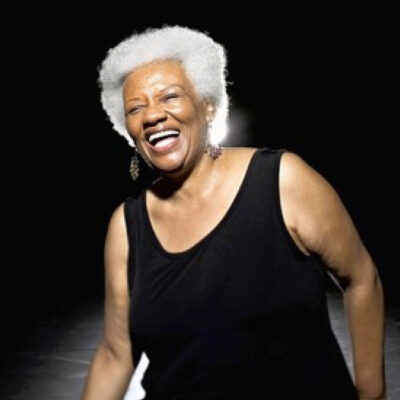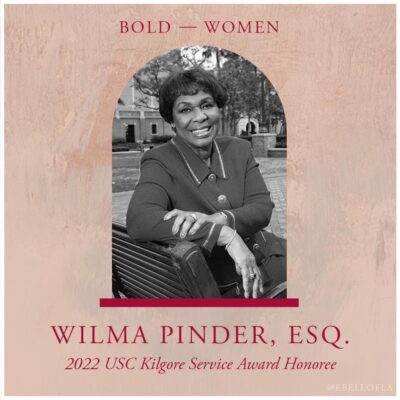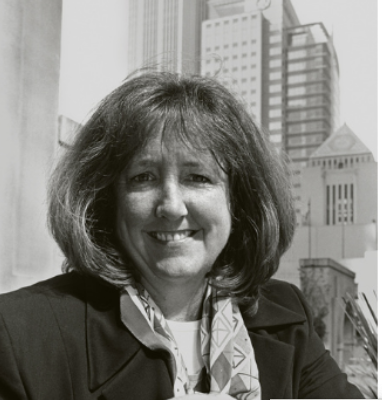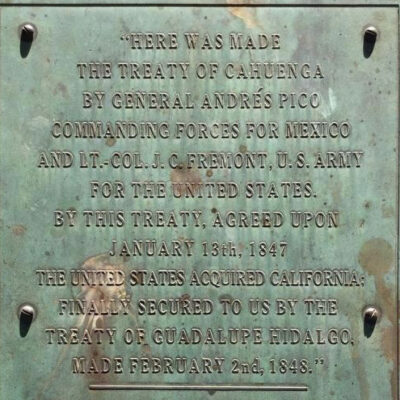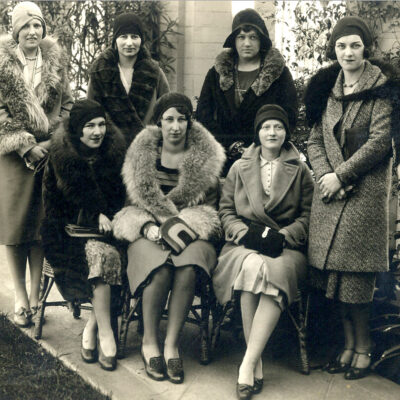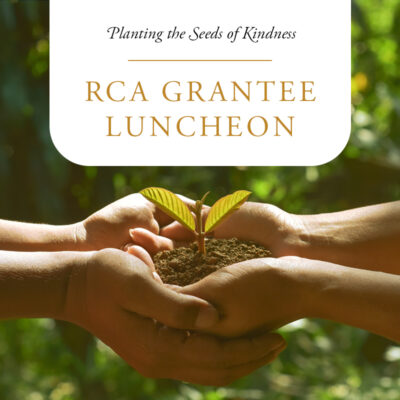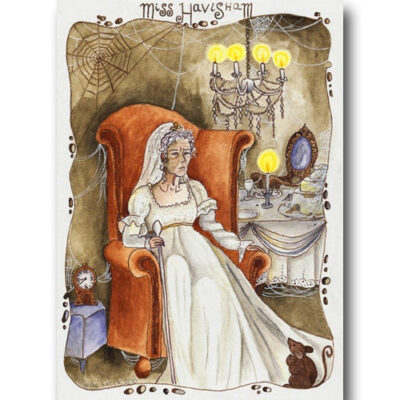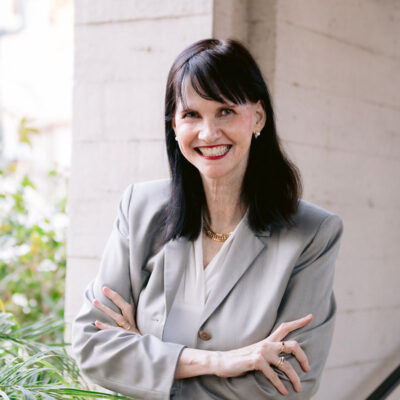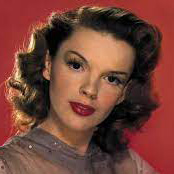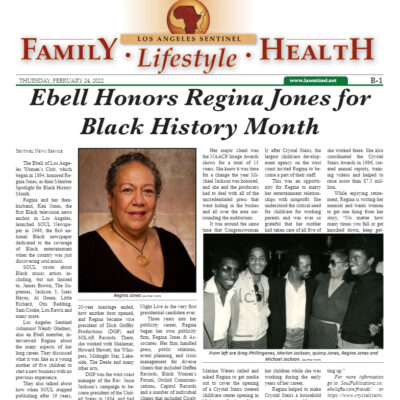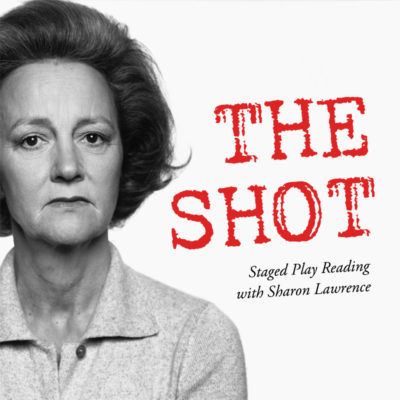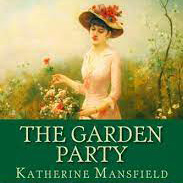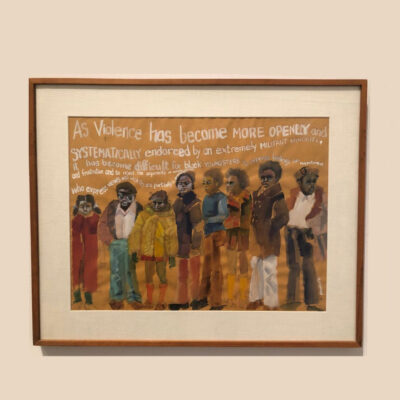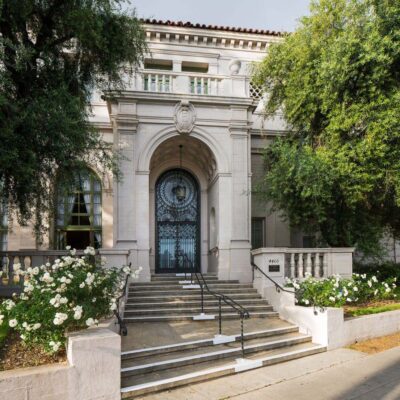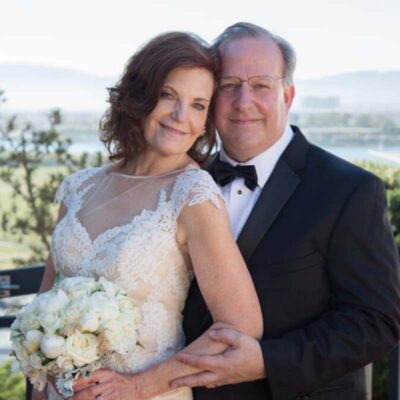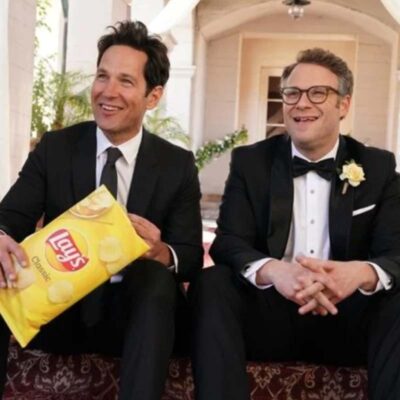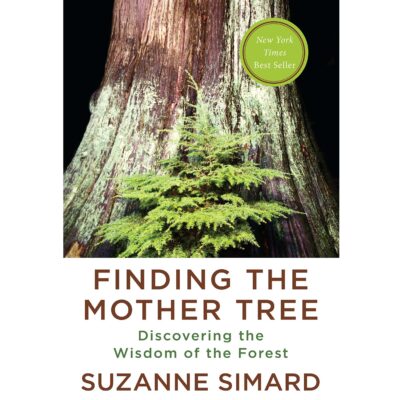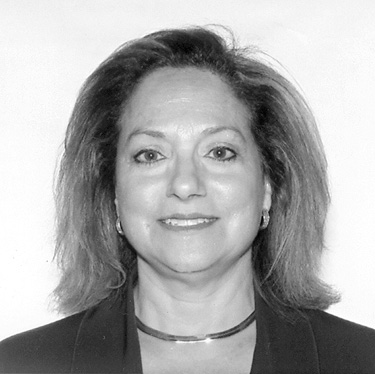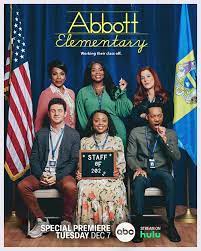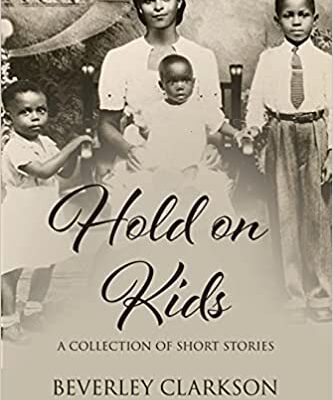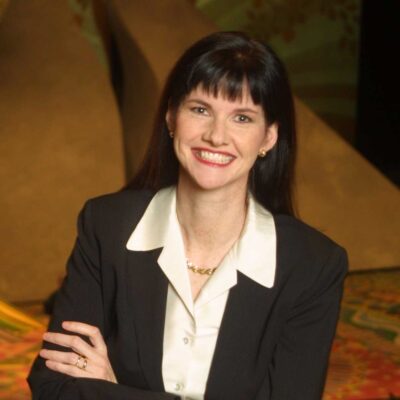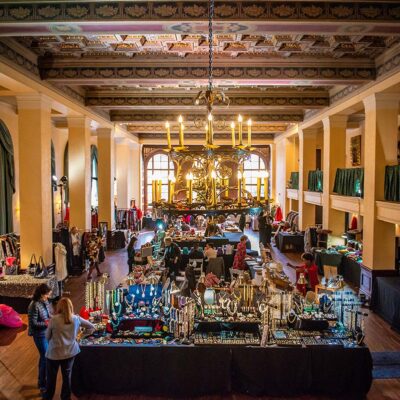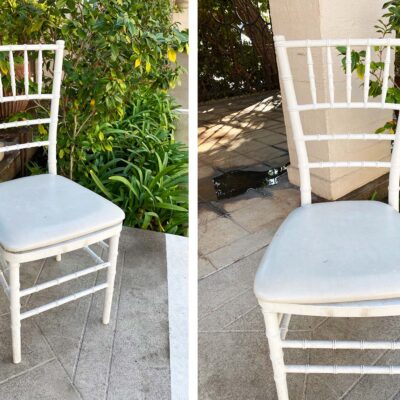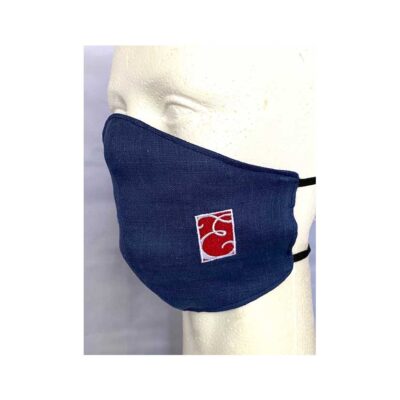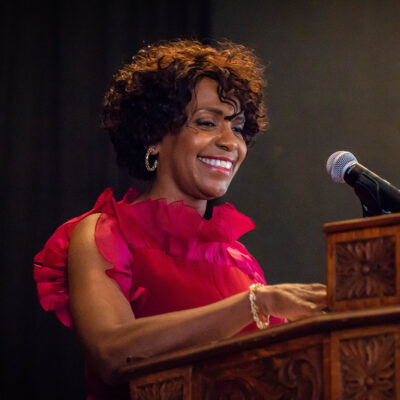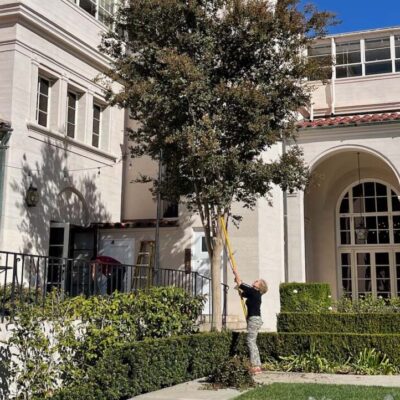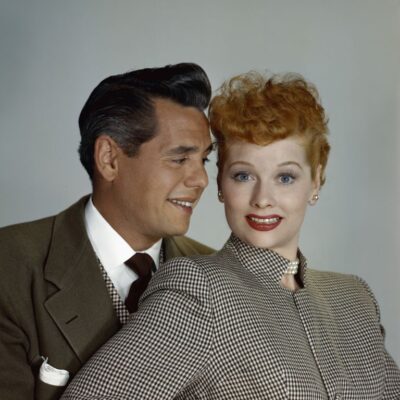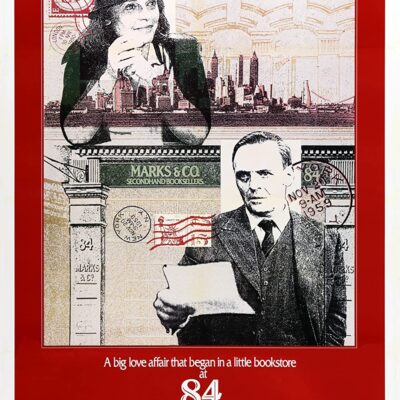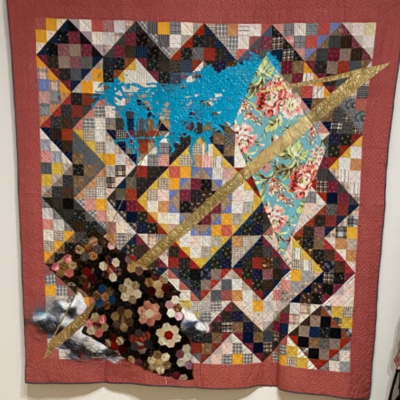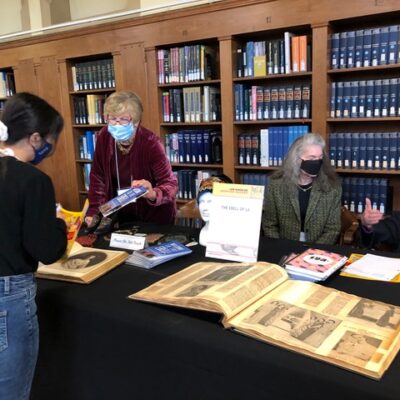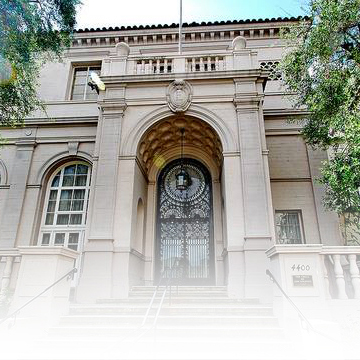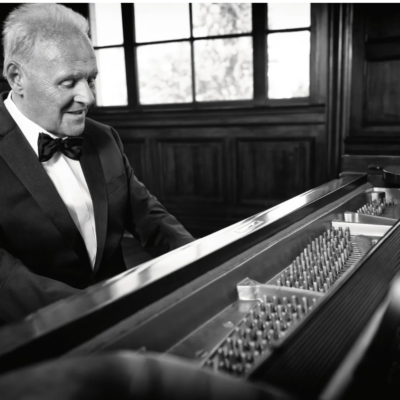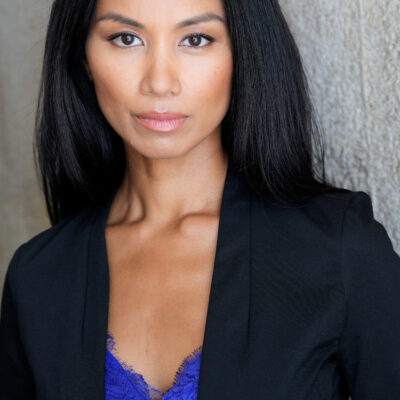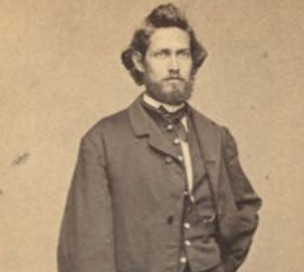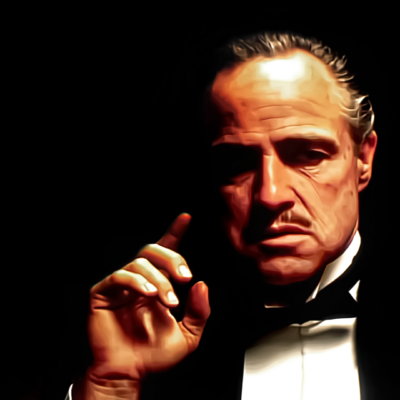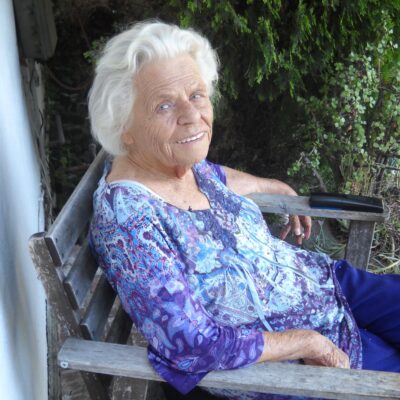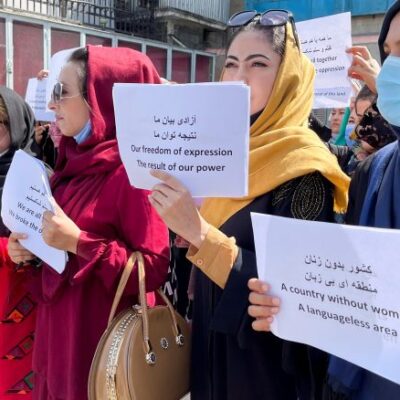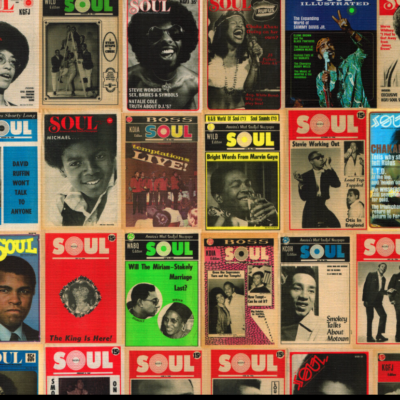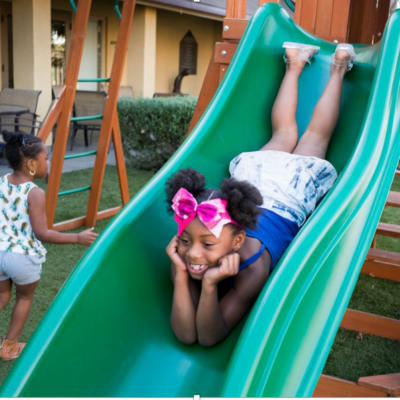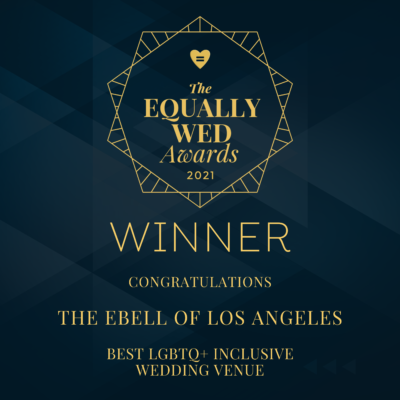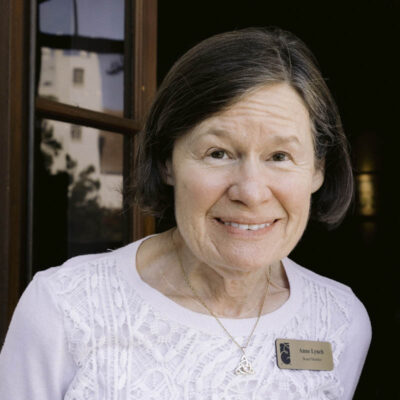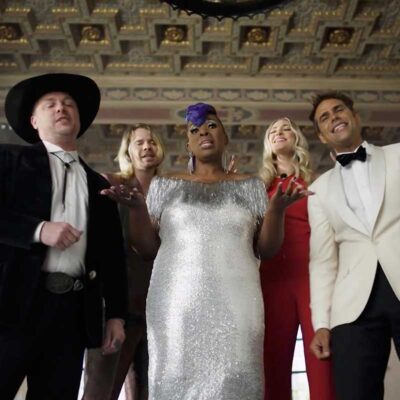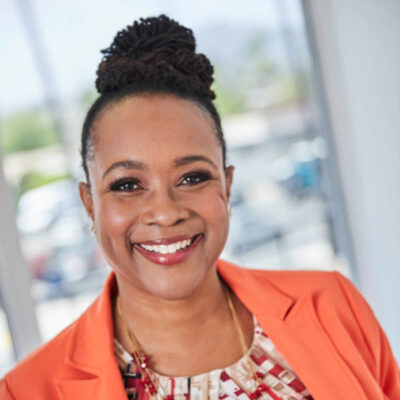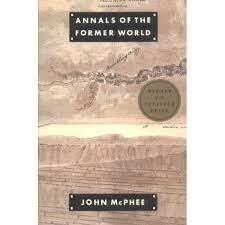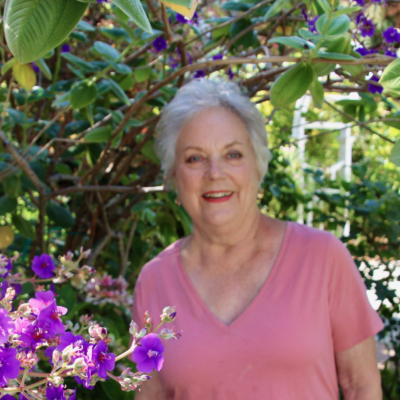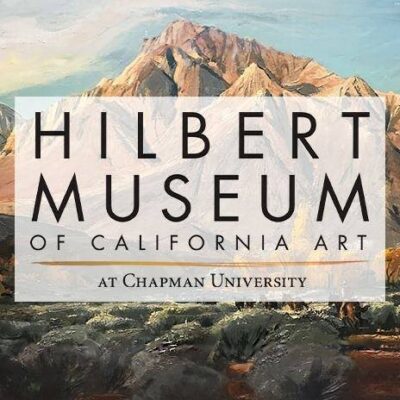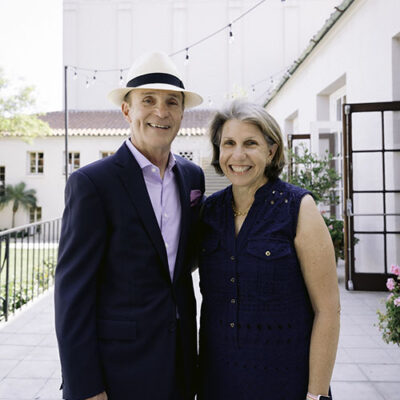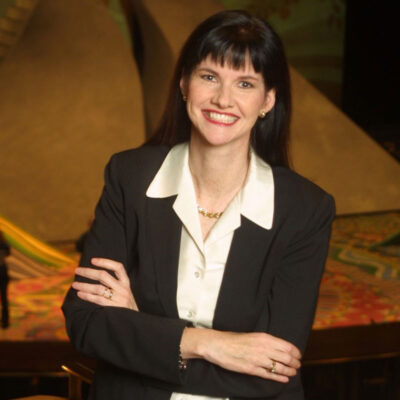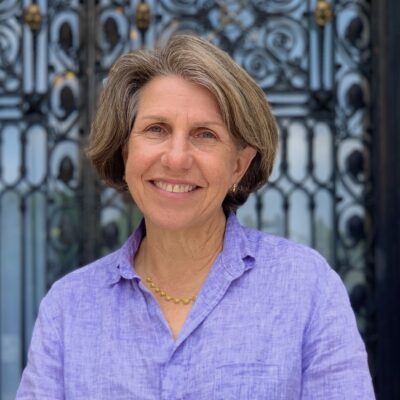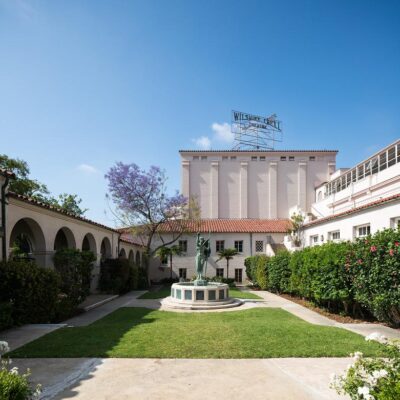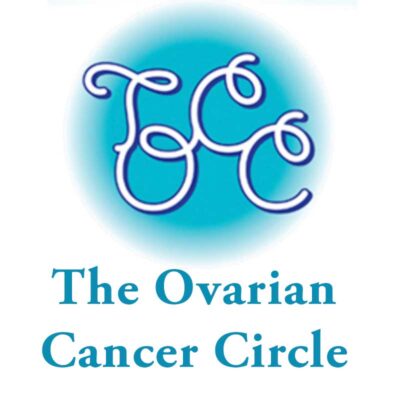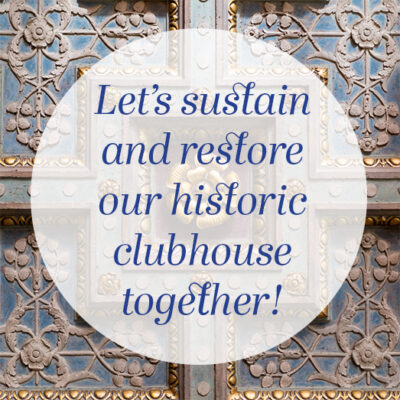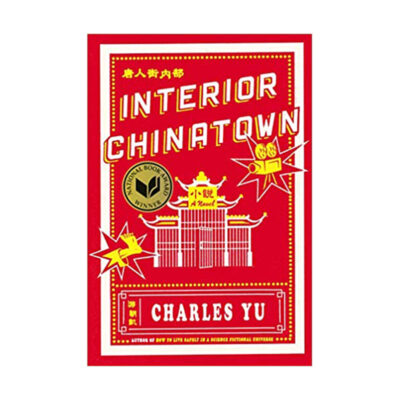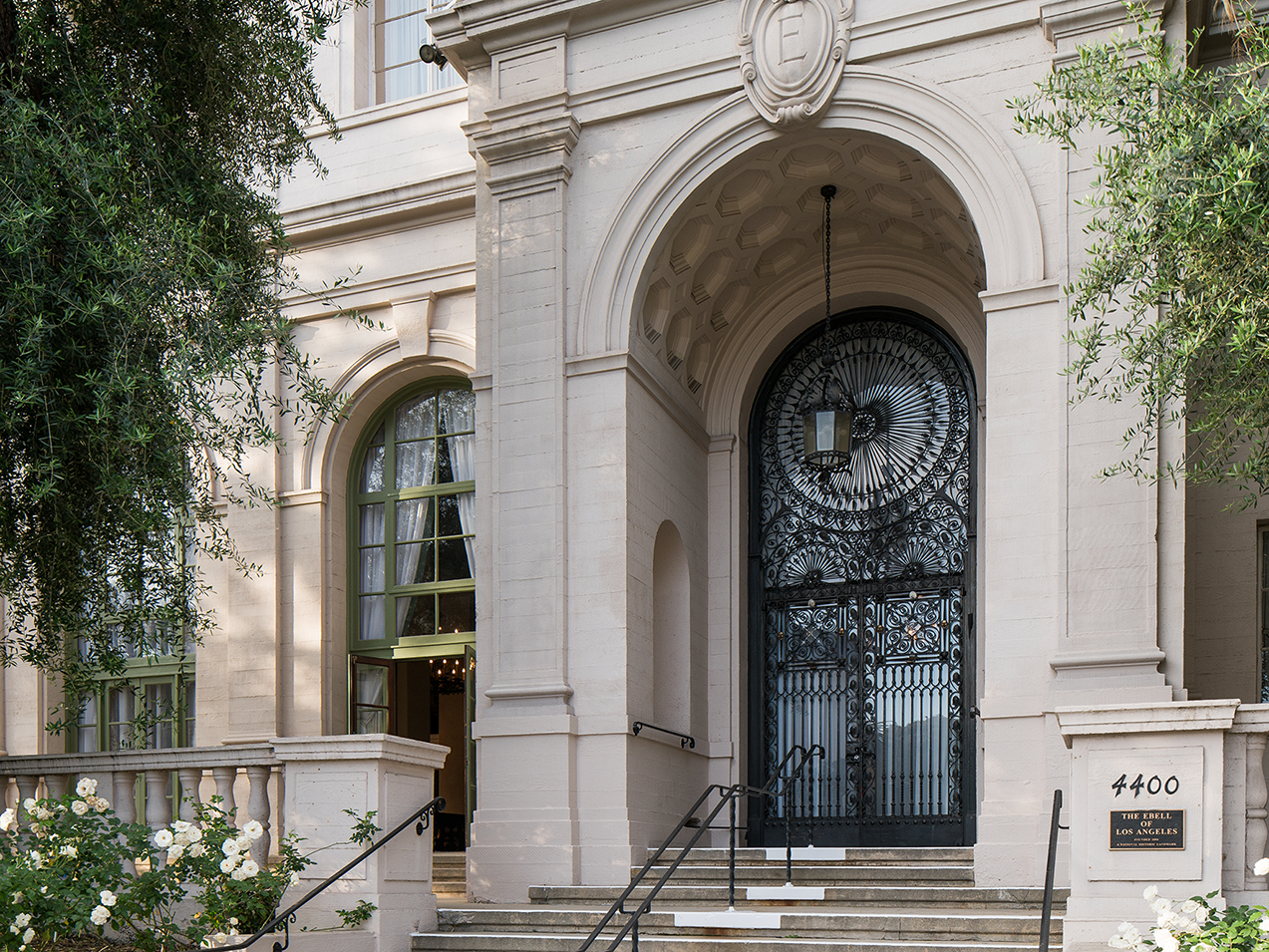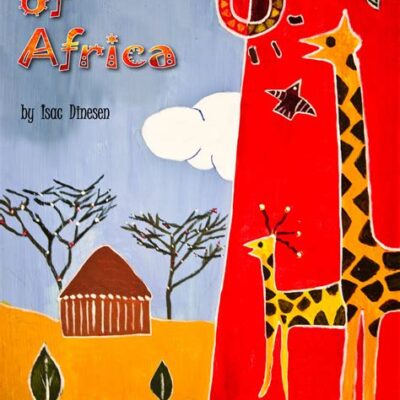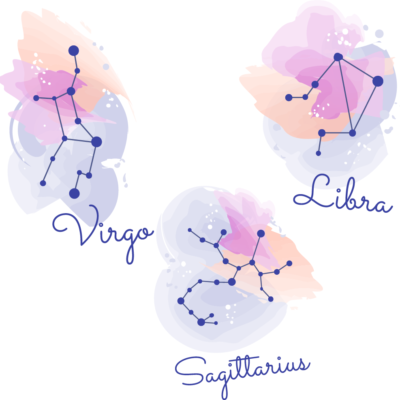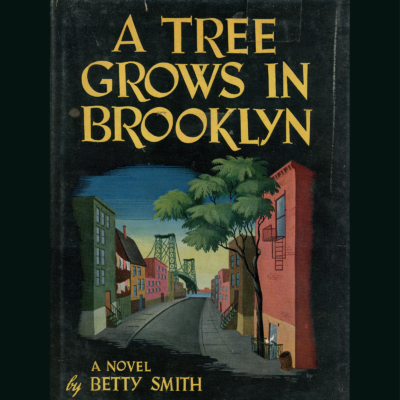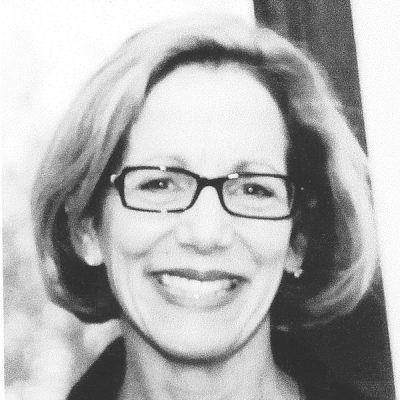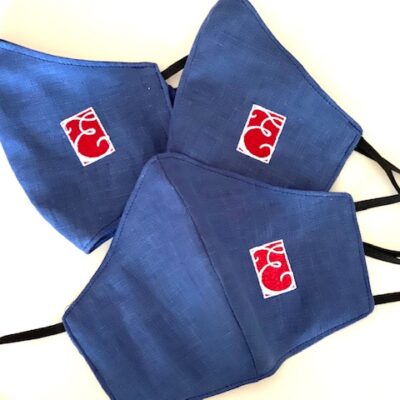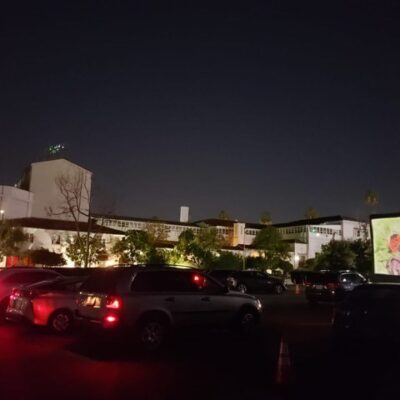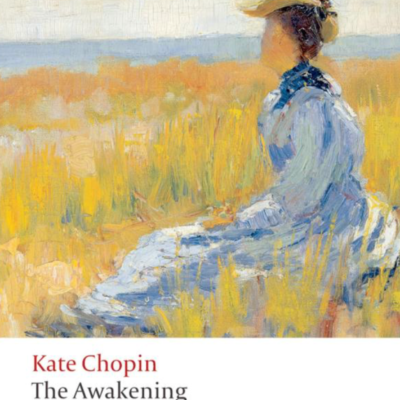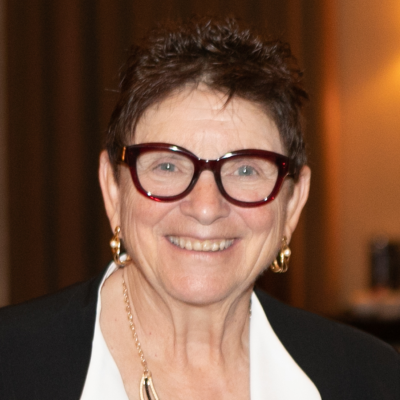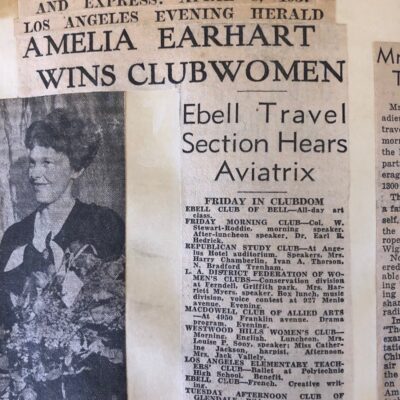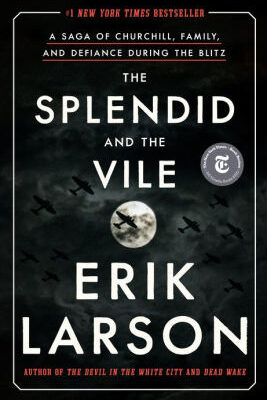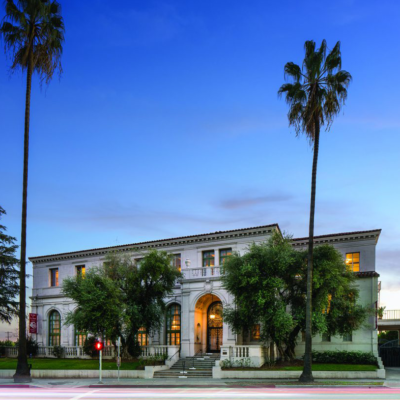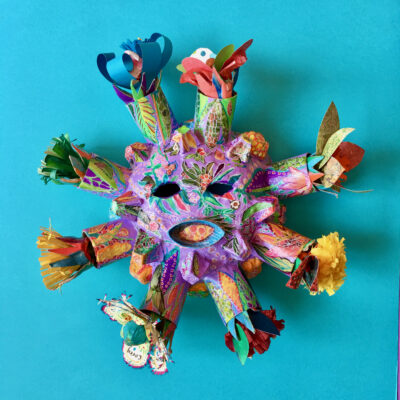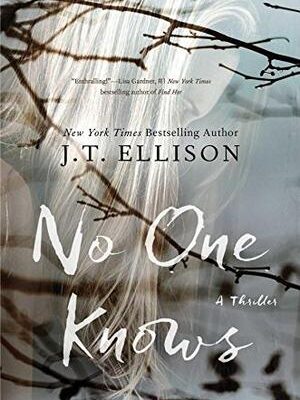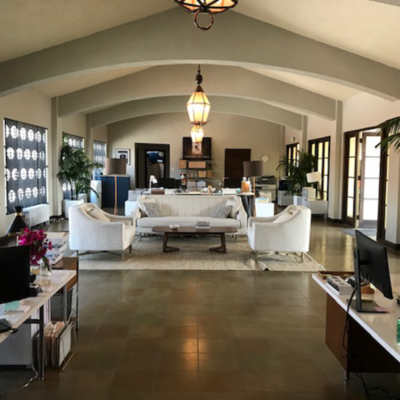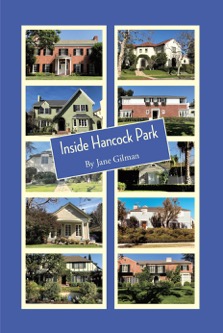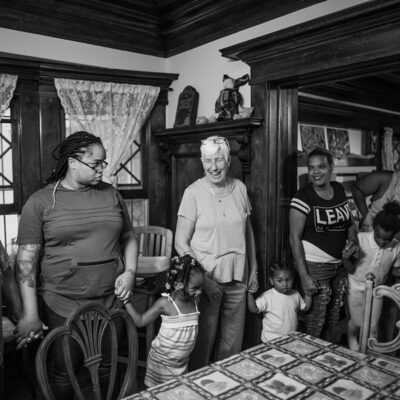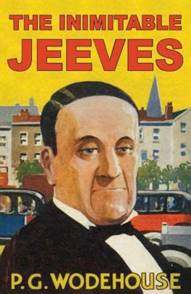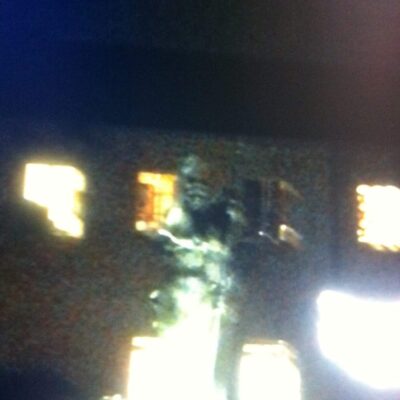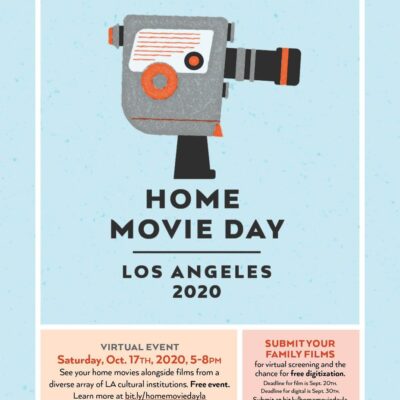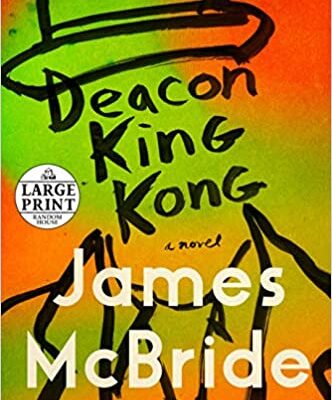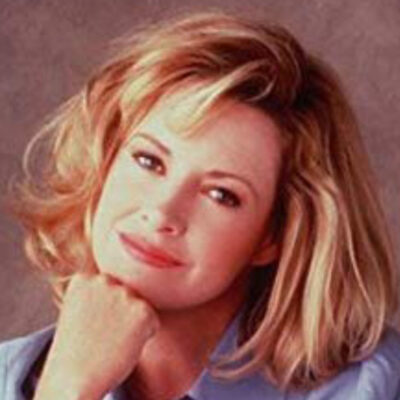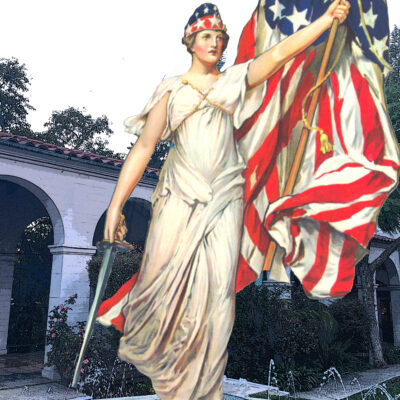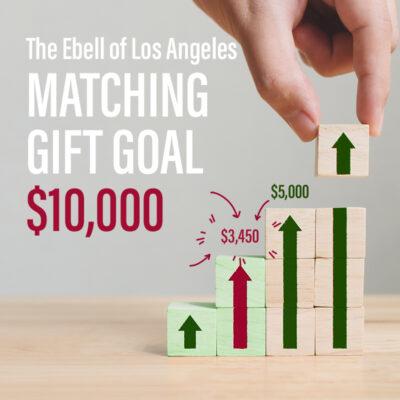 This elegant history was written by Shirlee Taylor Haizlip (President 2010-2012) and first appeared in The Ebell of Los Angeles 2011-2012 Yearbook.
This elegant history was written by Shirlee Taylor Haizlip (President 2010-2012) and first appeared in The Ebell of Los Angeles 2011-2012 Yearbook.
A History of The Ebell
1894 was a fecund period in world history. Grover Cleveland was President of the United States. In England, Queen Victoria reigned over the British Commonwealth. Menelik was Emperor of Ethiopia. Jean Casimir-Perier was only the sixth President of France. Nicholas II was the Czar of Russia; King Leopold of Belgium ruled the Congo. Alfonso XIII was King of Spain; Denmark still owned the Virgin Islands. The Ching Dynasty was running things in China. Slavery in America had ended just 30 years earlier, and in America, women were still 26 years away from the vote. Throughout the United States, horseless carriages were taking over the roads. The first rudimentary movie cameras were making their appearances. Most Angelenos still lived east of Western Avenue, with all land beyond that major thoroughfare considered “the country.”
At the time of The Ebell’s founding, the number of women who went to college or followed professions was miniscule. There were those who were fortunate enough to go to such women’s colleges in the East as Wellesley, Radcliffe, Smith, Mount Holyoke, Vassar and Bryn Mawr, some of which had been founded as early as 1850 but most of which came into being in the 1870’s, or to the oldest of Californias’s women’s colleges, Mills in Oakland and Pomona in Claremont, both founded in the late 1800’s. However, after college their alumnae found their intellectual and civic minded prospects were few and far between.
The Ebell was born on October 27, 1894, 26 years after Sorosis, one of the earliest women’s clubs, was founded in New York City. In 1890, Sorosis organized a convention in New York that resulted in the General Federation of Women’s Clubs, an 11-million-member organization with representation in more than 50 clubs, of which the Ebell remained a member for many years.
Women’s clubs offered social, recreational, educational and cultural activities for adult females and became an important part of American town and village life in the latter part of the 19th century. The entry of women into public life has been reflected in the program of their clubs. Many town libraries were started by women’s clubs and many social, health and welfare reforms have been initiated by them.
The Ebell had two mothers, the sisters Emmie and Alice Parsons, and one father, Dr. Adrian Ebell, a former Yale professor who was an advocate of women’s education. Dr. Ebell had helped local women in Oakland start the first Ebell Club there, and subsequently was the godfather of a series of Ebell Clubs in various California cities including Long Beach and Laguna Niguel. Each club was an independent organization.
The Ebell of Los Angeles incorporated in 1897. It created departments for different program and philanthropic strands of activities. From the first, it attracted poets, playwrights, dancers, singers, authors, social scientists, musicians, diplomats and a host of other interesting and celebrated citizens to lend their voices and talents to the The Ebell’s programs. Through its doors have walked philosophers, professors, admirals, generals, movie stars, queens, television personalities, magicians, clerics, philanthropists, senators, congress persons, mayors, governors, and a steady stream of people who have made a difference in the world in a wide range of endeavors.
In 1919, in response to the devastation of the First World War, The Ebell established a Scholarship Department. The scholarship funds grew when Mr. and Mrs. Charles Flint created an endowed scholarship fund bearing their name. Following the same path, The Ebell created the Ebell Scholarship Fund. Investments, bequests and member contributions have today resulted in a $7,000,000 endowment which supports more than 100 qualified students each year.
On a parallel track, in 1918, The Ebell created its second major philanthropy, The Rest Cottage Association, which provided a small convalescent home as “a place of rest for women.” Ebell members volunteered to run the small cottage. By 1980, the Ebell Club sold the outdated facility and invested the funds in an Endowment which would benefit women needing assistance. Each year the more-than- $4,000,000 portfolio provides more than $150,000 in funds to various women’s programs.
The Ebell has had seven homes, from rental quarters to its current building, the second of two large campuss which its members funded and built. The Wilshire Blvd. building was designed by California architect Sumner P. Hunt and completed in 1927. When the cornerstone was laid that year, the membership exceeded 3,o00. An international ball honoring the 10 Consul Generals of the Los Angeles Consular Corps was the major social event in a series of programs which inaugurated the building. In 2002 and again in 2006, the International Balls were recreated to honor the original event. By now, the Consular Corps had grown to more than 100 members, some of whom have joined the Club.
The campus is one of the few buildings in Los Angeles that has retained many of its original furnishings. The building’s Italian Renaissance style and its garden and grounds have attracted the film and television industry and the special events community. Both areas have produced significant income for The Ebell’s profit-making arm.
A long-standing relationship with the world of theater began when the Club’s Wilshire Ebell Theatre opened with Sigmund Romberg’s The Desert Song in 1927. Although originally designed for Club meetings and membership use, the venue attracts concerts, film and television shoots, dance, lectures, plays, corporate meetings, graduations and religious services.
With service as a central focus for its activities, The Ebell was the birthplace for the Red Cross of Los Angeles, as well as for college classes in Law. During both World Wars, it spearheaded home-front efforts, selling war bonds, making bandages and holding USO dances.
The campus paid off its mortgage in 1947. The City of Los Angeles designated it a Historic Cultural Monument. The Centennial Year of 1994 engendered substantial refurbishing. Celebration and accomplishment went hand-in-hand as The Ebell presented some of its Board Members in period costumes and in a horse-drawn, rose-bedecked carriage in the 1995 Tournament of Roses Parade.
Moving with the tide of change, Ebell became a California non-profit public benefit corporation 501c (3), rendering its income exempt from federal income tax. Preservation and restoration of the facility became a legally recognized goal. To handle all business activities such as filming and special events, a new California corporation was formed, The Ebell Operating Company. And in 1999, The Ebell was designated An American Treasure by The White House.
To celebrate the new millennium, The Ebell presented a grand gala, opening up most of the rooms in the building and showcasing their classic timelessness. In 2001, The Ebell updated its kitchen, hired an executive chef and acquired a liquor license, so that it could directly benefit from all the weddings and other special events held in its facility.
That same year, elegant crimson banners, emblazoned with the resurrected original Art Nouveau logo, were installed on the Wilshire-front side of the building, to identify the site as one of history, culture and education.
In 2002, The Ebell was wired for computers and modernized and automated its phone system. In 2005 the Theatre received a major interior paint job. In 2005 a much needed bathroom and access ramp for handicapped guests was created. Updating its governance as well as its building, the membership voted to amend the by-laws so that voting could take place by mail, rather than in person as in all the years past. Philip Miller, an experienced Club manager, was appointed the first General Manager of The Ebell in 2005.
The Club membership continues to grow, and plans for Restoration and Preservation still top its agenda.
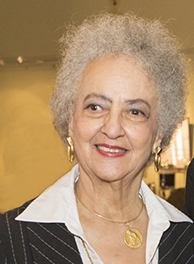
Shirlee Taylor Haizlip, President 2010-2012

